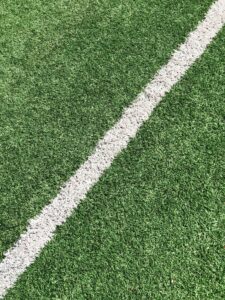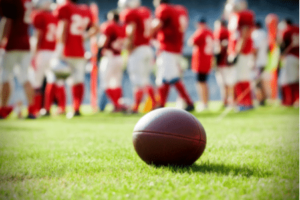 This week, media outlets reported that the NCAA is investigating alleged name, image, and likeness (NIL) violations by the University of Tennessee and its NIL collective. Just one day later, Tennessee’s attorney general, joined by the attorney general of Virginia, filed an antitrust lawsuit against the NCAA. The lawsuit is a counter-punch that could have significant implications for college sports and the NIL phenomenon.
This week, media outlets reported that the NCAA is investigating alleged name, image, and likeness (NIL) violations by the University of Tennessee and its NIL collective. Just one day later, Tennessee’s attorney general, joined by the attorney general of Virginia, filed an antitrust lawsuit against the NCAA. The lawsuit is a counter-punch that could have significant implications for college sports and the NIL phenomenon.
Although the concrete details surrounding the NCAA’s investigation into Tennessee’s NIL activities are scant, it is widely believed that the investigation involves the university’s main NIL collective run by Knoxville-based sports marketing group Spyre Sports Group, and that it covers the football program as well as athletes in other sports. Among the matters under investigation are reports that Tennessee’s NIL collective flew Volunteer quarterback Nico Iamaleava on a private jet during his University of Tennessee recruiting visit. It appears likely that the investigation focuses, at least in part, on the NCAA’s policy that NIL dollars cannot be used to induce or mandate an athlete’s enrollment or attendance at a particular school.
On Wednesday, in the wake of the announcement of this investigation, Tennessee Attorney General Jonathan Skrmetti, joined by the Commonwealth of Virginia Attorney General Jason Miyares, filed suit against the NCAA for violations of the Sherman Antitrust Act. The attorneys general filed a motion for a preliminary injunction that would bar the NCAA from enforcing its NIL policies while the lawsuit is pending. If that motion is granted in full, (1) the NCAA would instantly lose its ability to police schools for alleged violations of its NIL policies; and (2) the court would send a signal that Tennessee and Virginia are likely to succeed on the merits of their lawsuit, potentially ending all current NCAA-driven NIL regulation as we know it. United States District Court Judge Clifton L. Corker will hold a preliminary injunction hearing on February 13, 2024, and he could decide the motion shortly thereafter.
The NCAA’s ban on NIL-based inducements is at odds with laws in some states. For example, in 2022, Tennessee deleted a provision from its NIL law that prohibited collectives from conditioning NIL payments on the student-athlete’s enrollment at a school. Other states, like Missouri, have laws that expressly permit inducement, while others simply have no law that bans inducement (or no NIL law at all). Recognizing this tension, the NCAA purports to require member schools to “adhere to NCAA legislation (or policy) when it conflicts with permissive state laws.”
This Complaint, among other things, claims that the NCAA unfairly places “protections” on college athletes to pursue NIL compensation by banning prospective college athletes (including current college athletes in the “transfer portal”) from discussing potential NIL opportunities before they actually enroll. These restrictions, Virginia and Tennessee contend, restrict competition among schools and NIL collectives to arrange the best NIL opportunities for the athletes. The complaint alleges that “[a] prospective athlete must commit, enroll, or transfer without understanding the NIL opportunities available at the destination or comparing those opportunities to the ones at competing schools.” According to the states, this NIL-recruiting ban limits competition and artificially decreases NIL compensation that college athletes could otherwise obtain in a free market.
Although the investigation against the University of Tennessee and the lawsuit against the NCAA are new and developing matters, the potential for either (or both) to affect athletes, schools, collectives, and other parties involved in NIL is clear. If the investigation results in findings against UT, it may signal that the NCAA has drawn a line in the sand that it intends to defend in spite of what state law might say. Meanwhile, Tennessee and Virginia’s antitrust claim has the potential to become another milestone NIL decision, the likes of which we have not seen since NCAA v. Alston.

